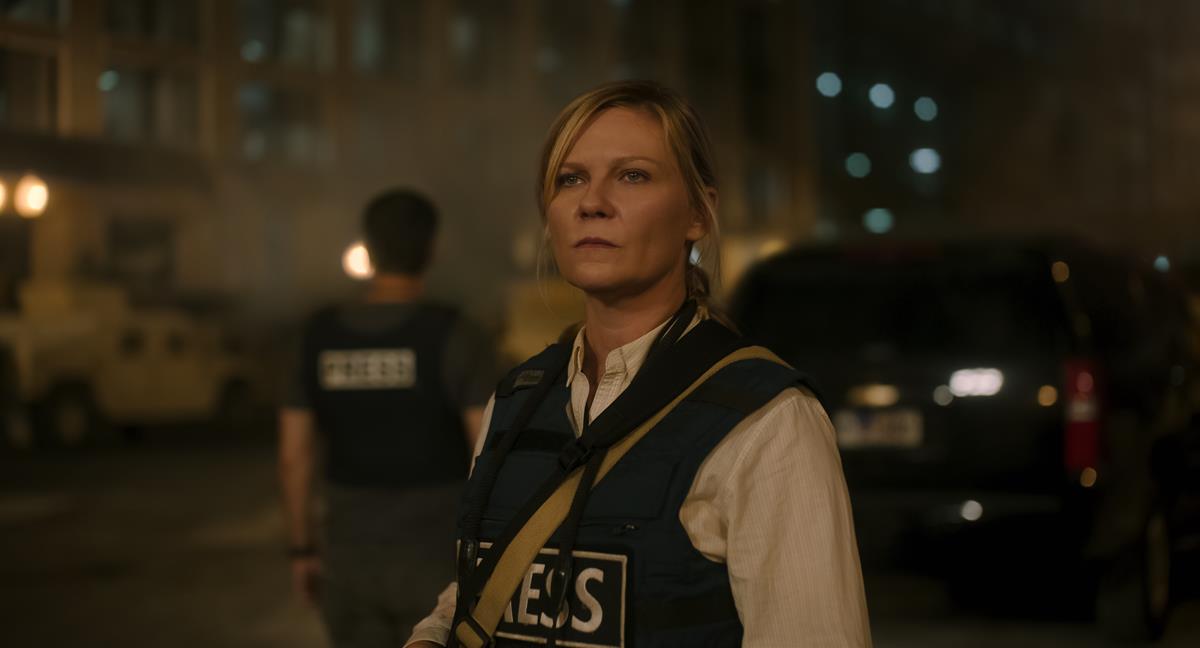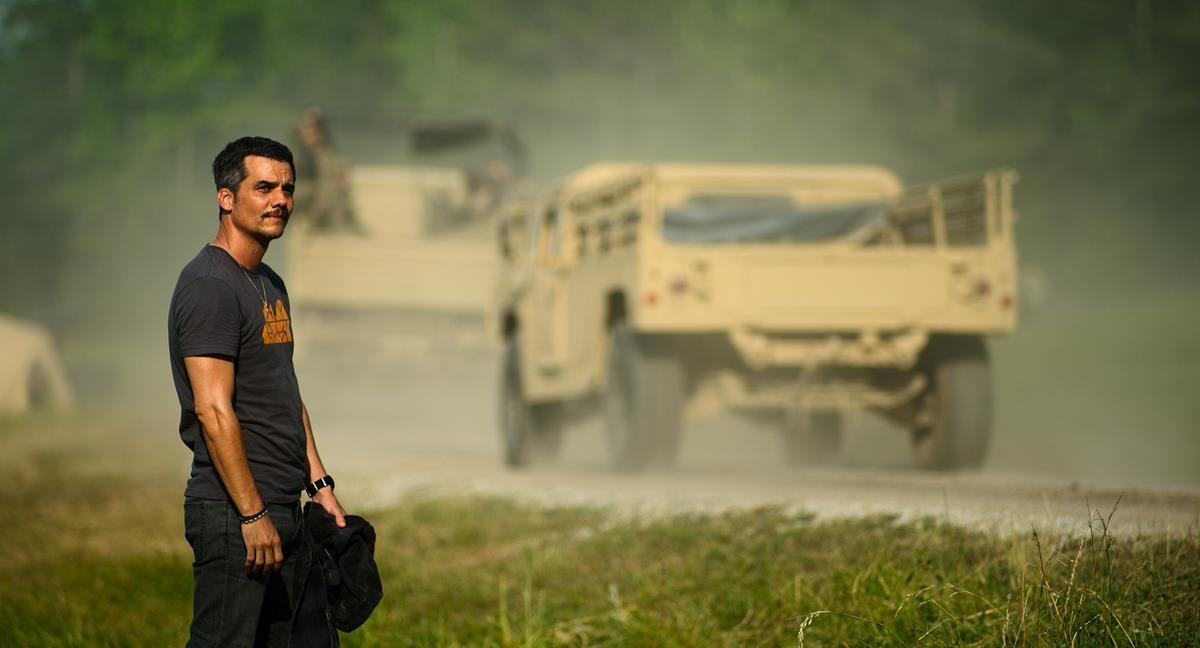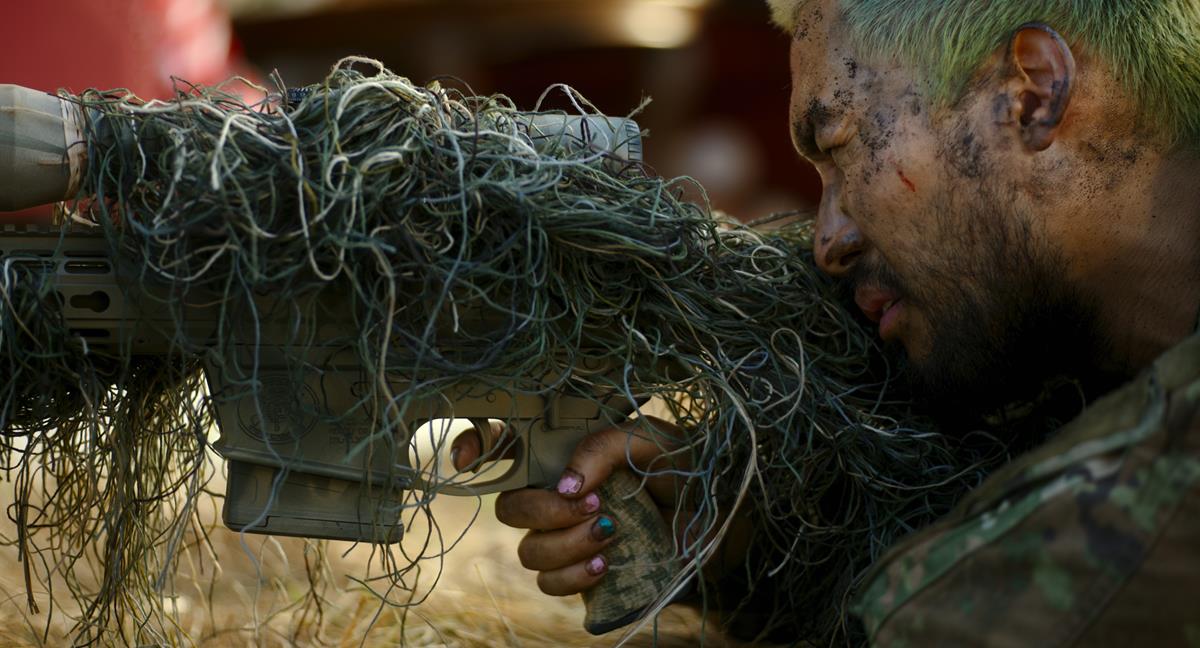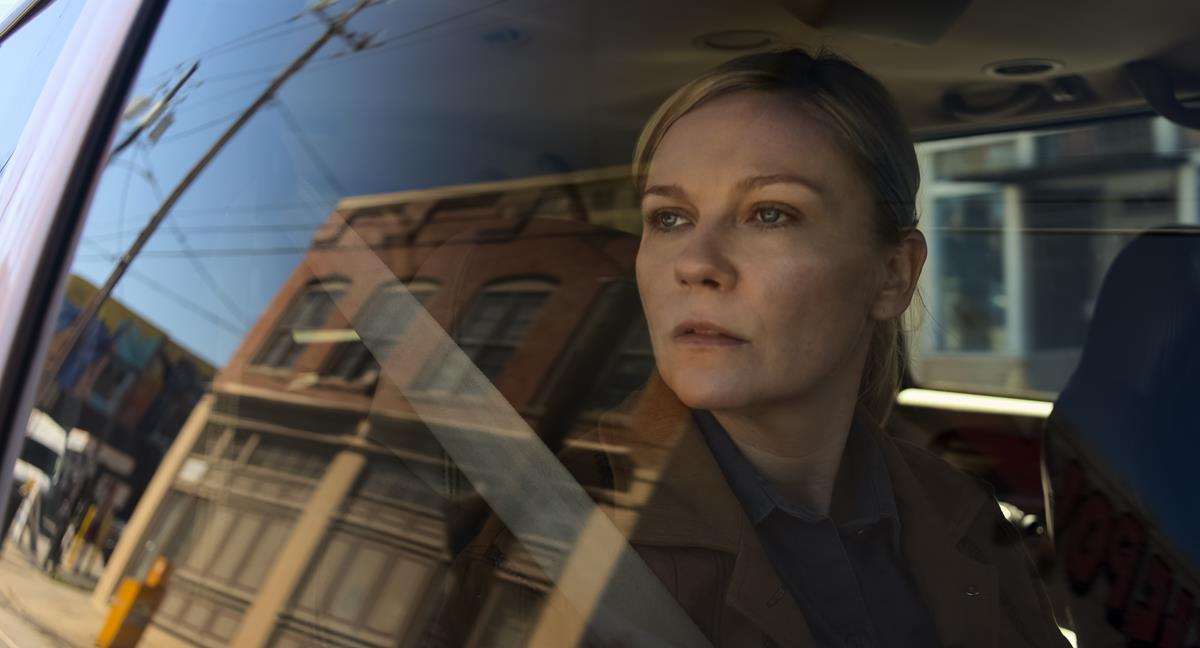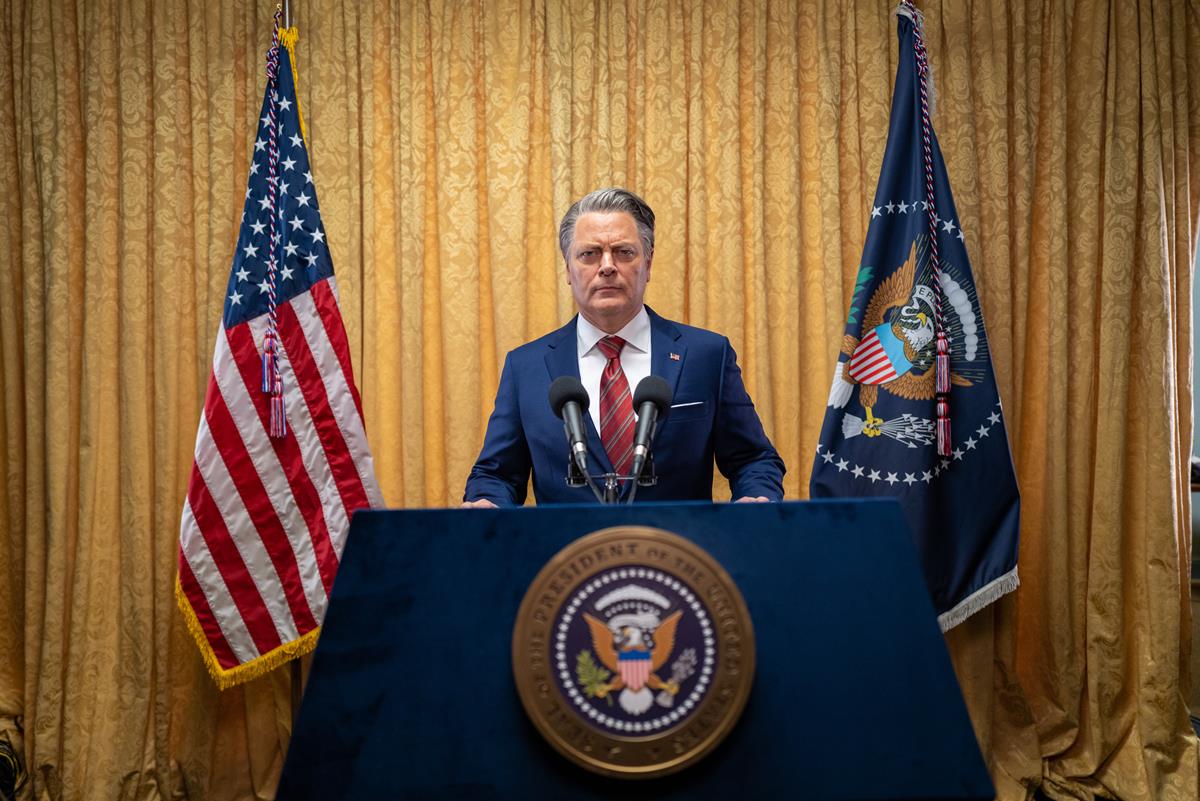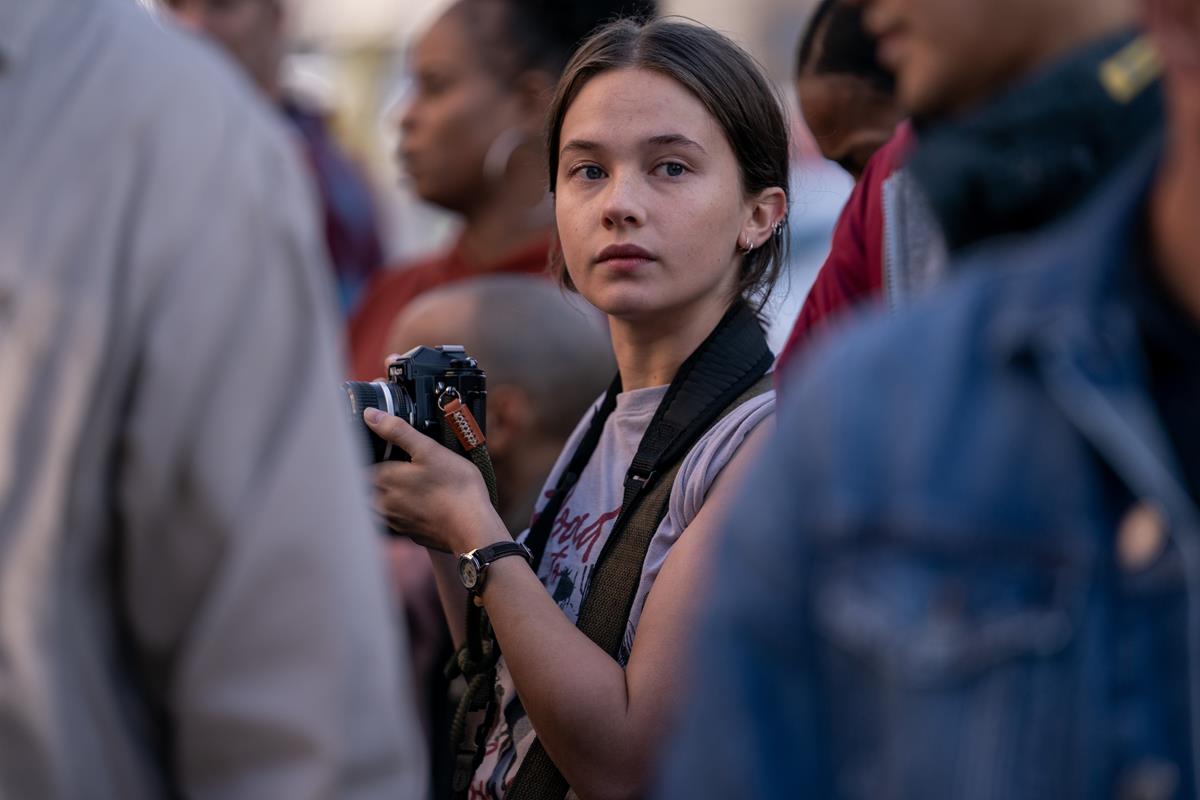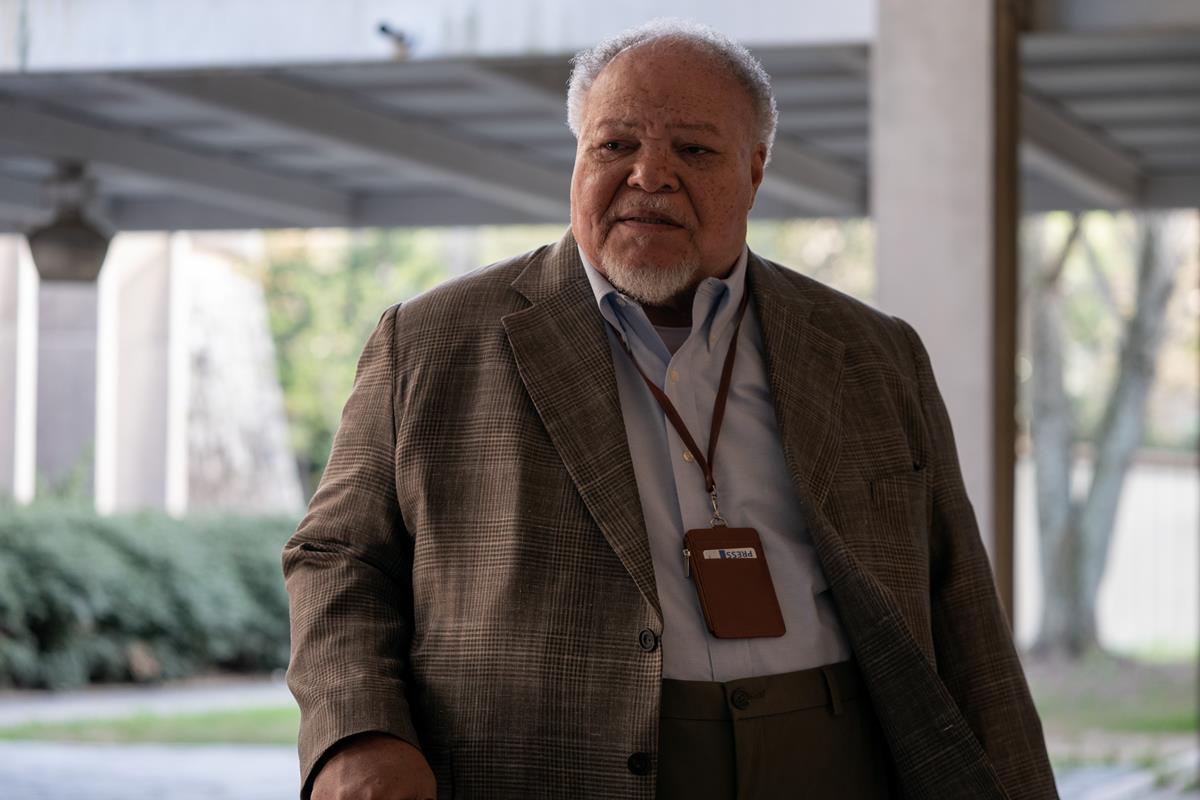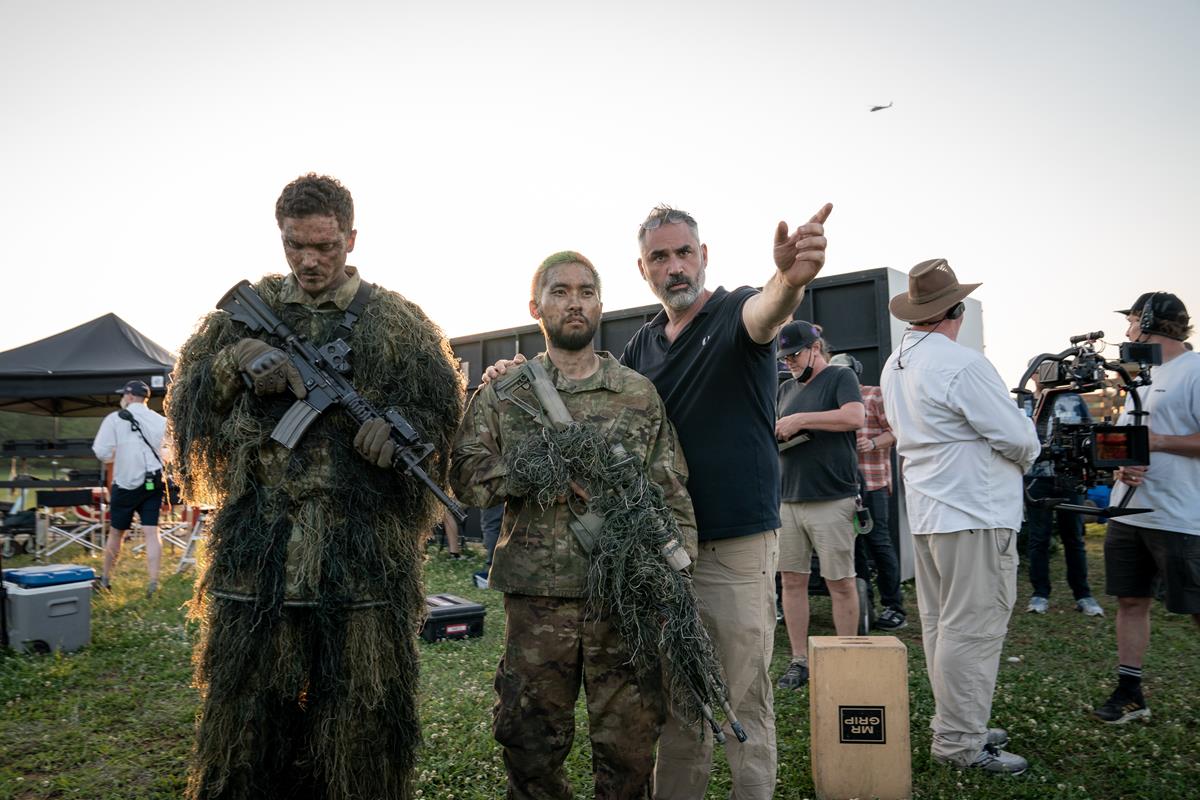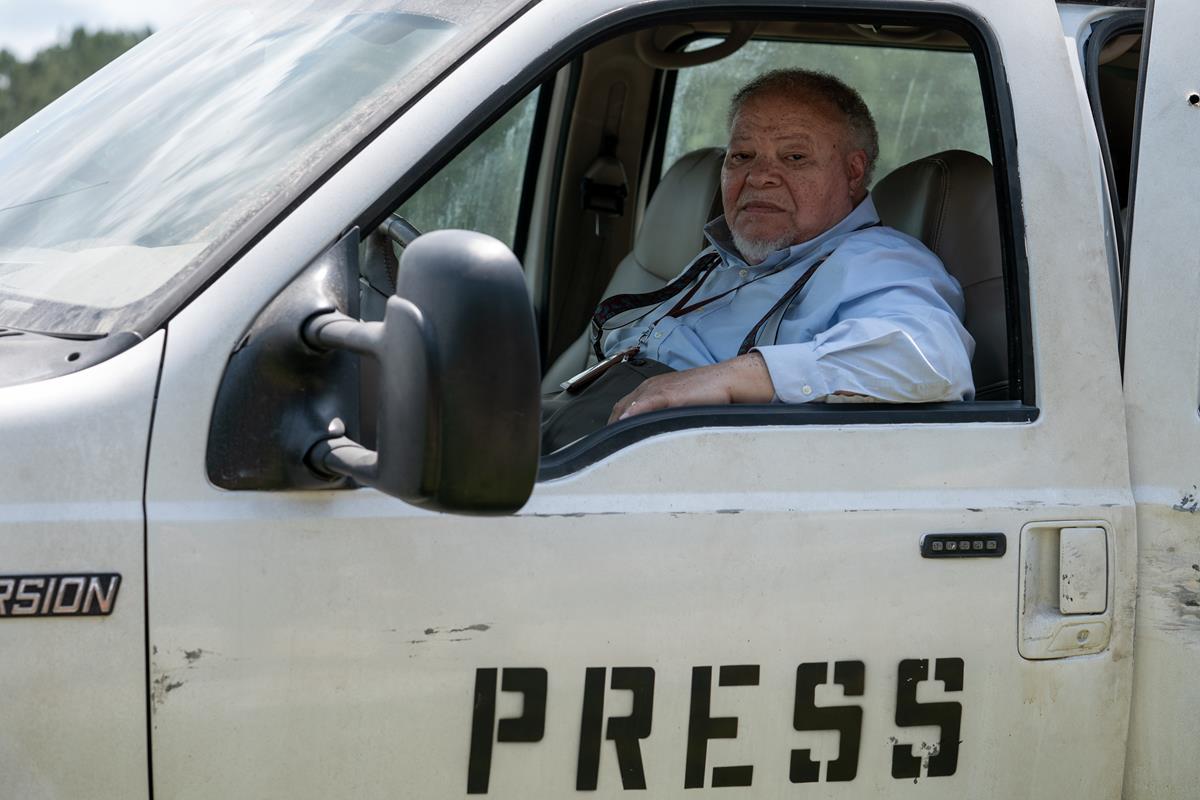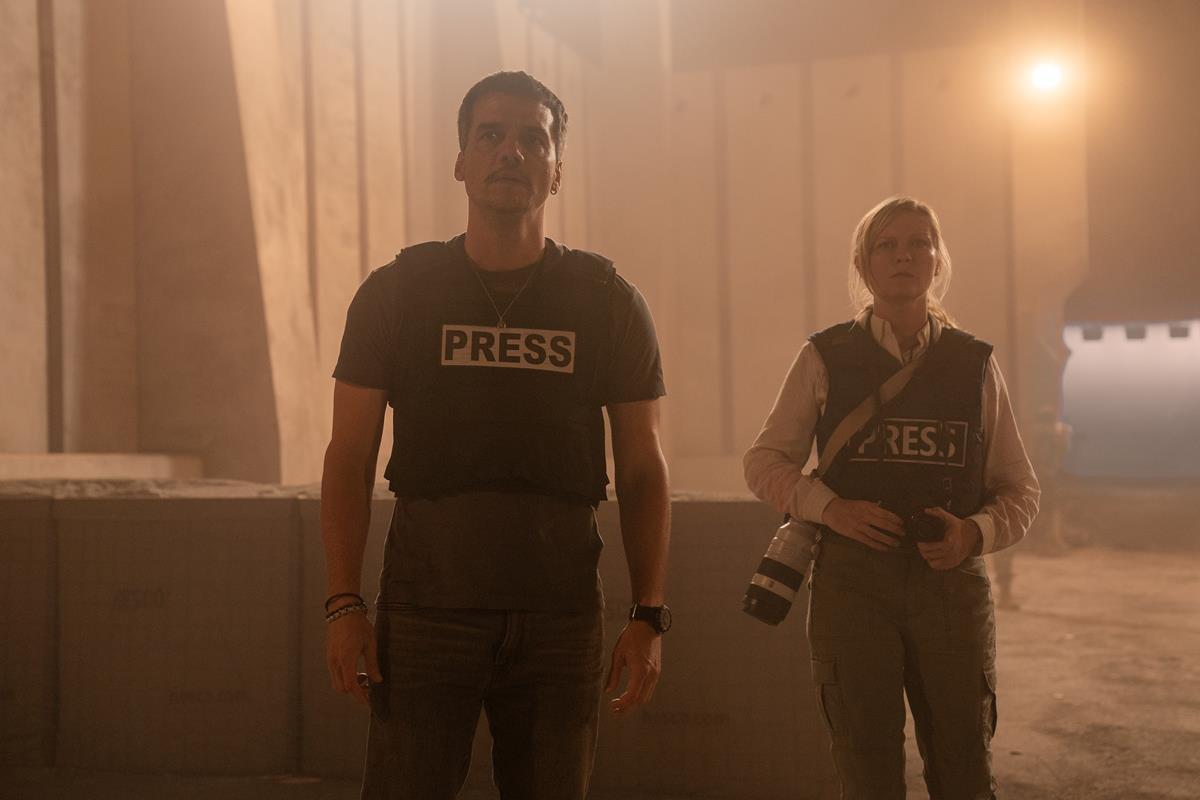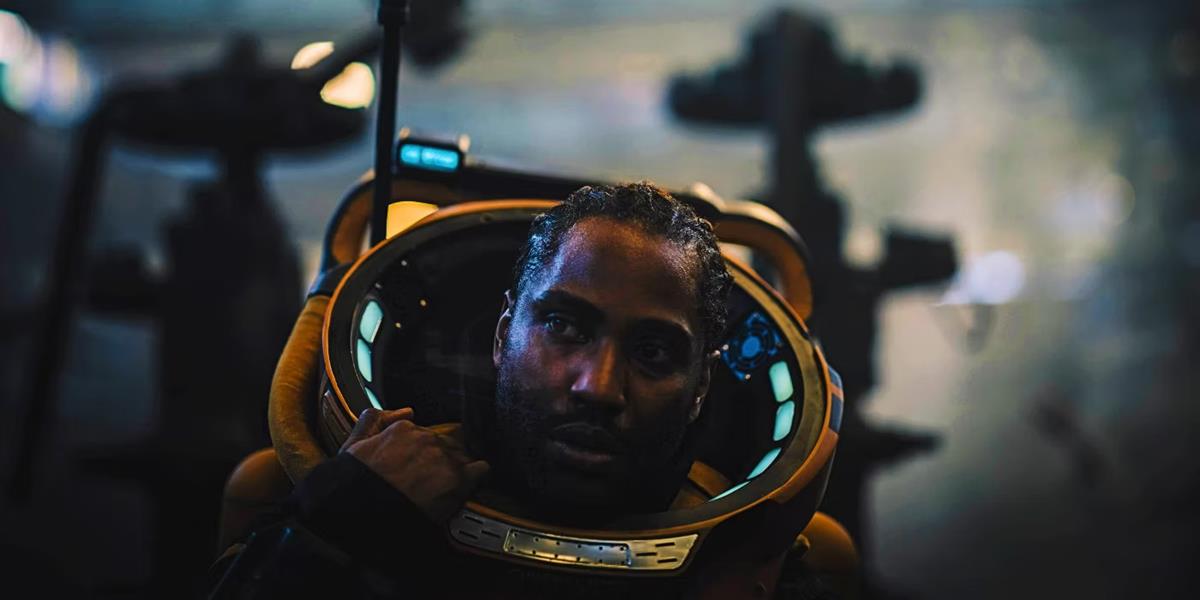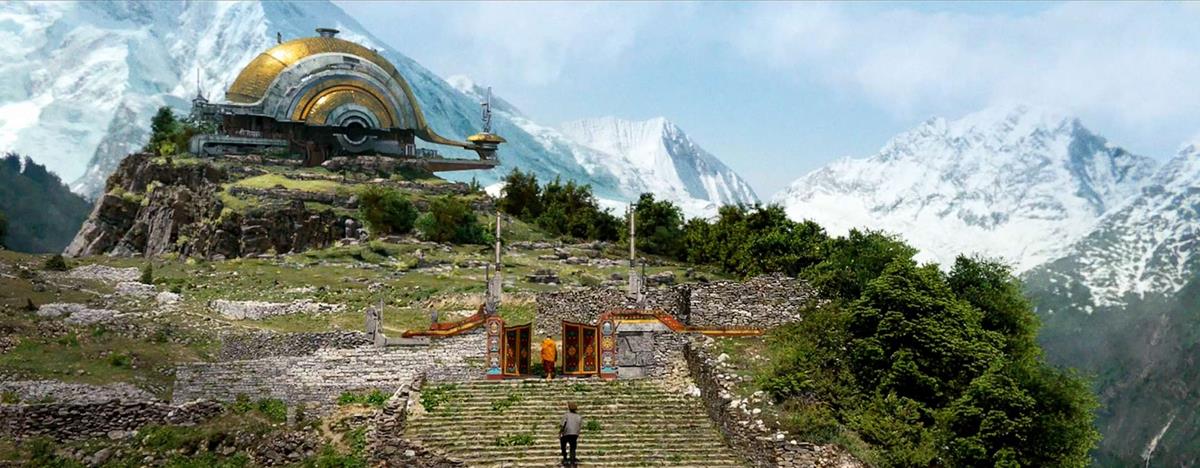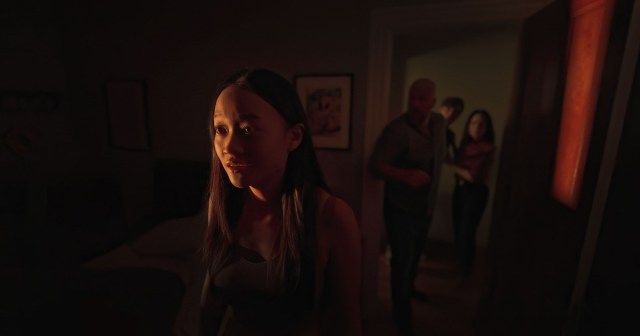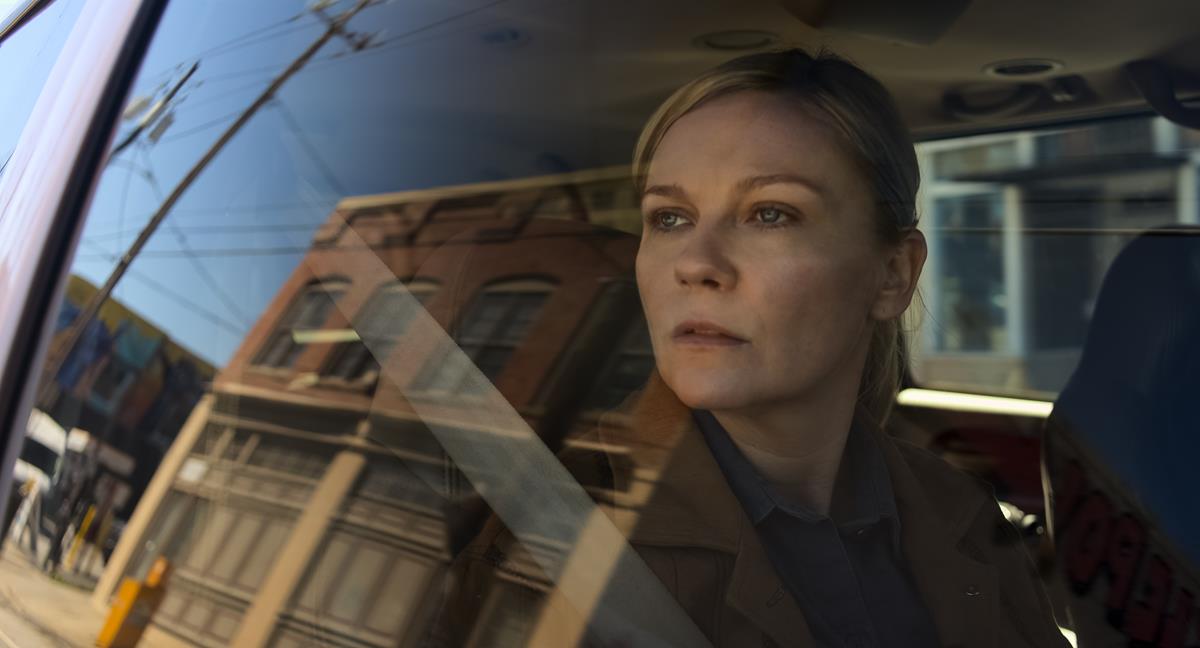
Civil War: Alex Garland Used A ‘Revolutionary’ New Camera To Bring A Human View To His War Drama (Empire Online)
Two decades of digital camera technology and software packages have enabled greater access for more people to the possibility of telling stories on film. The contention now is that such prosumer, even consumer, gear is of such high quality that even A-list filmmakers are using it.
The latest talking point is the extensive use of the $5,000-$6,000 DJI Ronin 4D, an integrated camera, lens and four-axis stabilized gimbal, to shoot $50 million sci-fi action thriller Civil War.
The inexpensive price of the camera was not the reason director Alex Garland wanted to use it. As he explained to Ben Travis at Empire Online, “It self-stabilizes, to a level that you control — from silky-smooth to verité shaky-cam. To me, that is revolutionary in the same way that Steadicam was once revolutionary. It’s a beautiful tool. Not right for every movie, but uniquely right for some.”
It enabled DP Rob Hardy to shoot and move the camera quickly without using dollies or tracks and yet without it feeling too handheld.
Instead, the DJI Ronin 4D offered a distinctly human perspective. It was, notes Garland, “the final part of the filmmaking puzzle — because the small size and self-stabilization means that the camera behaves weirdly like the human head. It sees ‘like’ us. That gave Rob and I the ability to capture action, combat, and drama in a way that, when needed, gave an extra quality of being there.”
Gareth Edwards’ $80 million budget sci-fi feature The Creator was shot on the $4,000 Sony FX3 by Oren Soffer, guided by Dune’s Oscar winning cinematographer Greig Fraser, for reasons of compactness and low light capabilities
While neither camera is certified by IMAX as an IMAX camera, both The Creator and Civil War were presented for IMAX screens because they used IMAX post-production tools and a sound design suitable for the giant format. Neither film might look quite as good as Dune Part Two — which was shot on IMAX certified ARRI Alexas — but the quality is as good as there.
And this is the contention of Jake Ratcliffe, technical marketing manager at camera rental house CVP. The gap in image quality between low and high-end cameras is closing, he argues, and the compromises you would previously have had to make with cheaper cameras are diminishing.
With image quality less of a differentiating factor, filmmakers have more and more choice over the tool for the job. RED originally designed the smaller and relatively cheap Komodo as a crash camera, but its lightweight, small form factor and image quality that matches bigger brother V-Raptor cameras has seen it increasingly used on shows like Amazon Prime’s Road House.
Ratcliffe thinks these stories are showing that the process of filmmaking is changing. “The democratization of filmmaking equipment is going to allow more and more people to tell the story in a more engaging way than what would have been possible in the past. I think the industry will go a step further in this regard with Unreal Engine in the future too.”
Has camera technology using glass optics and digital sensors reached its natural peak?
There's some interesting cameras being used for a couple upcoming Hollywood films.
— patrick. (@imPatrickT) March 13, 2024
Steven Soderbergh is using the SONY a9iii global shutter mirrorless for 'PRESENCE'
The film is shot like a POV entirely on a 14mm SONY photo lens with a gimbal. The a9iii is the first full frame… pic.twitter.com/NdTzOP6fhV

Why subscribe to The Angle?
Exclusive Insights: Get editorial roundups of the cutting-edge content that matters most.
Behind-the-Scenes Access: Peek behind the curtain with in-depth Q&As featuring industry experts and thought leaders.
Unparalleled Access: NAB Amplify is your digital hub for technology, trends, and insights unavailable anywhere else.
Join a community of professionals who are as passionate about the future of film, television, and digital storytelling as you are. Subscribe to The Angle today!


